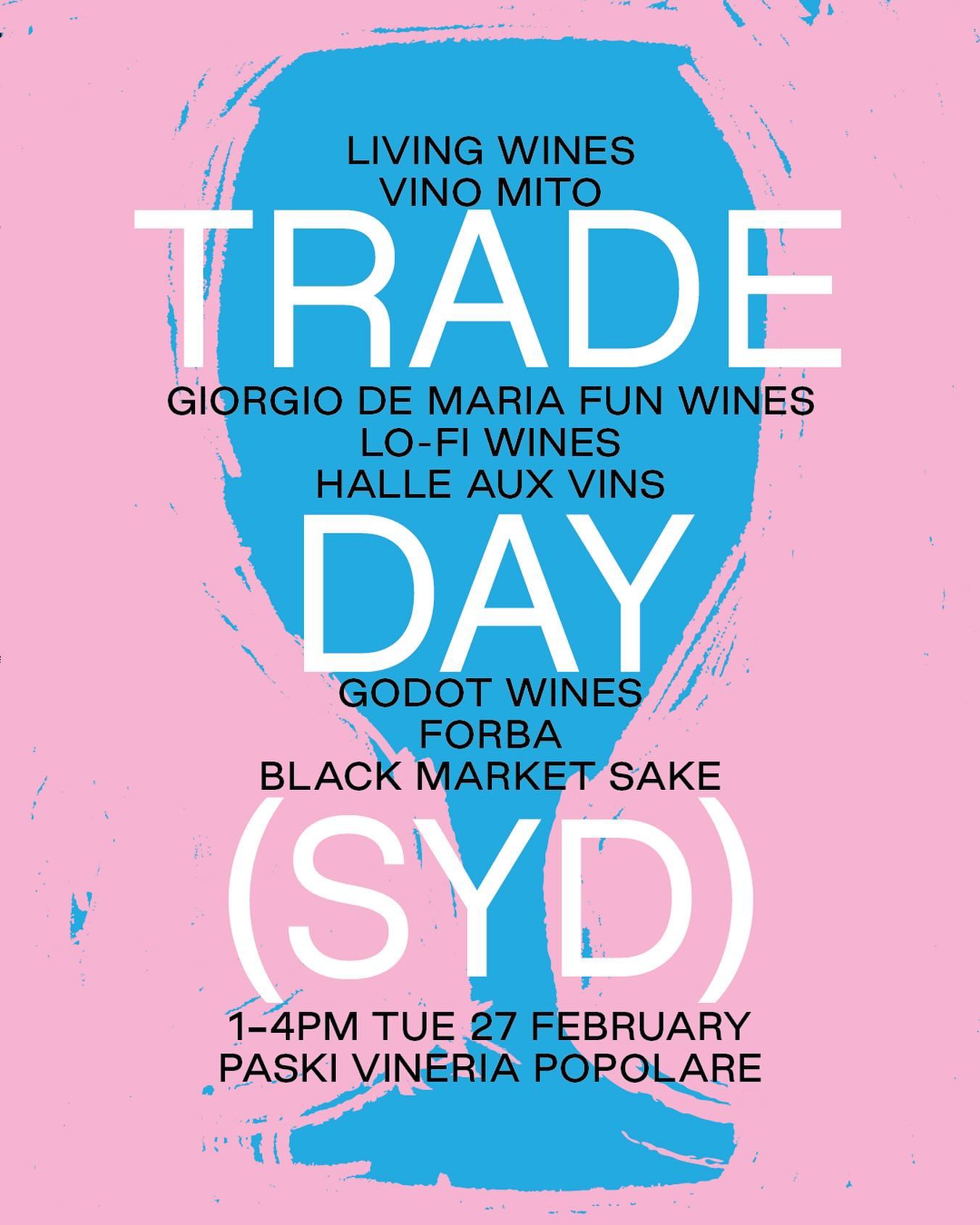Cooking by Hand – Introduction
Cooking by Hand is an important book by an important chef and Chez Panisse alumni, namely Paul Bertolli.
We thought that we should provide some background to Paul Bertolli so you can better appreciate why we regard his seminal book so highly.
We first learned of him as a chef when we visited Chez Panisse in 1985. He spent quite a few years at this venerable establishment (1982 – 1992) as head chef of the downstairs restaurant.
He was also the featured author of the classic cookbook from that establishment entitled “Chez Panisse Cooking” which has been one of our “go to” books ever since it was published in 1988.
After he left Chez Panisse he moved to Oliveto in Oakland as the founding chef and one of the partners. He remained there until he left in 2005 to set up a company producing charcuterie for the trade.
During his time at Oliveto he also authored Cooking by Hand which is the subject of this story.
Cooking by Hand – The Book
Cooking by Hand by Paul Bertolli has entered the pantheon of great recipe books because of his deep understanding of food products and the clarity with which he sets out his ideas. He is also one of our favourite chefs.
The important thing you will gain from Cooking by Hand is the importance of technique. Bertolli gives extended descriptions of his recipes that incorporate the techniques he uses and they are described simply yet passionately.
Rather than being organised along traditional lines, Cooking by Hand is, instead, a collection of essays that explore a number of topics in depth.
One topic is ripeness – it almost goes without saying that ripeness is desirable, but in these days of supermarkets manipulating fruit and vegetables to suit the demands of long-haul travel many items are certainly either not ripe or have ripeness induced artificially.
Another essay is entitled ‘Twelve ways of Looking at Tomatoes’ which includes colour, juice, essence, shape, sauce and so on.
In the section headed Essence he discusses the uses of tomato ‘water’ which has long been a summer favourite of ours where tomatoes are pulped, combined with some aromatics and then the pulp is left to drip through a cheese cloth overnight. The resulting essence can be used as a cooling drink or for making a wonderful jelly.
The chapter called Pasta Primer should be compulsory reading for every apprentice chef. Here the techniques for making pasta are laid out with a clarity and crispness that is exemplary. A lot of paragraphs are devoted to matching the type of flour (or combinations of different flours) for the type of pasta you are making. And the recipes for the pasta and the accompanying sauces are all very enticing.
But it is the long section on sausage making and curing of meat where Bertolli’s expertise really shines through. This surely must be one of the best explanations of the craft ever written.
Everything is discussed – the process of curing, the best cuts for different types of cured product, the tools you need, the best casings, how to use salt and seasonings, the process of fermentation and the use of starter cultures. It is riveting reading!
And just when you think his cooking shows a preference for meat products he shatters the myth by applying his forensic mind to the tastes, textures and colours of desserts. This is a great essay with the recipe for prune tart with walnut frangipane being a standout.
Some of the key recipes
There are many great recipes in this book, but we are going to go out on a limb and claim that the best one is also the simplest! It is the recipe on page 104 which calls for flour, eggs and a little water. He encourages the use of hands to knead the dough rather than a machine so that you can feel the changes as the dough changes its consistency.
We also like his incredibly detailed recipes for sausages and all types of charcuterie they are an excellent place to start the journey of making your own.
The recipes are not all about meat, his Blood Orange Cake, for example is also a winner.
We should add for readers of this book who live outside the United States that the measurements are mostly in the old Imperial units so you will have to convert ounces and pounds to grams. However, when the recipe calls for lighter amounts such as for spices he uses grams!
He now runs a company called Fra Mani that we mentioned earlier. You can see the products he sells by clicking on the link below:
You can also read about the meal we had at Chez Panisse while he was the head chef by clicking on the link below:
Cooking by Hand is an important book that should be a constant reference for chefs and food lovers everywhere.
You can buy Cooking by Hand by clicking on the link below. We receive a small percentage of the sale which goes towards maintaining this site.






















